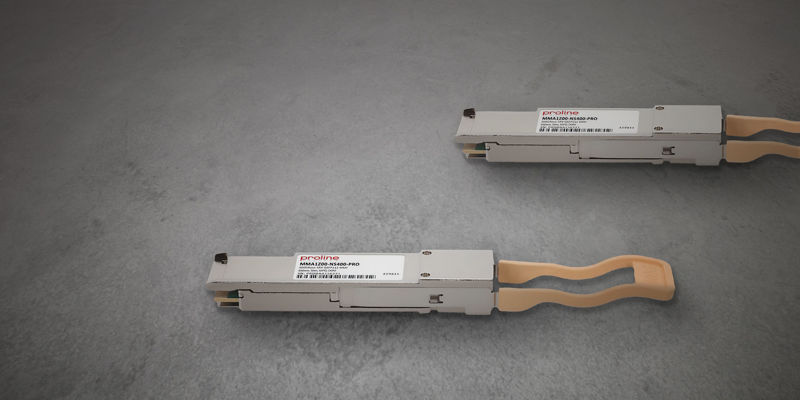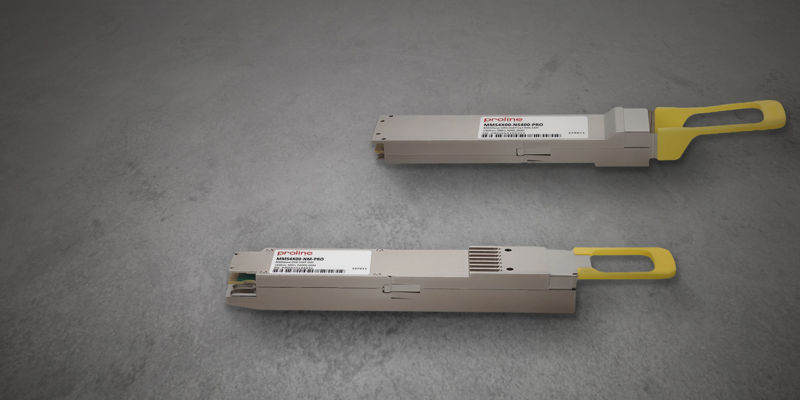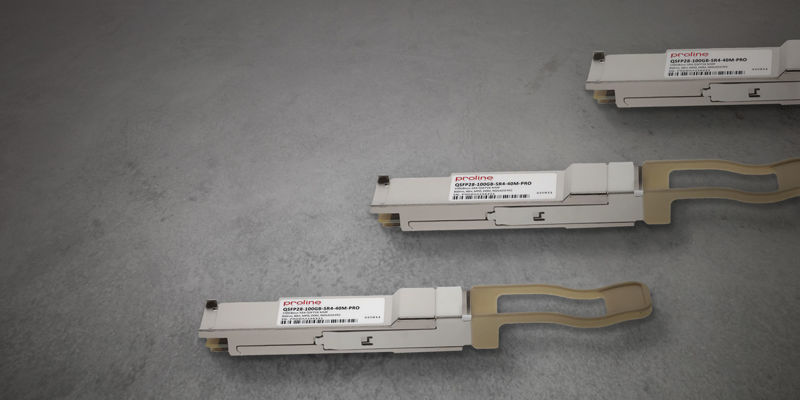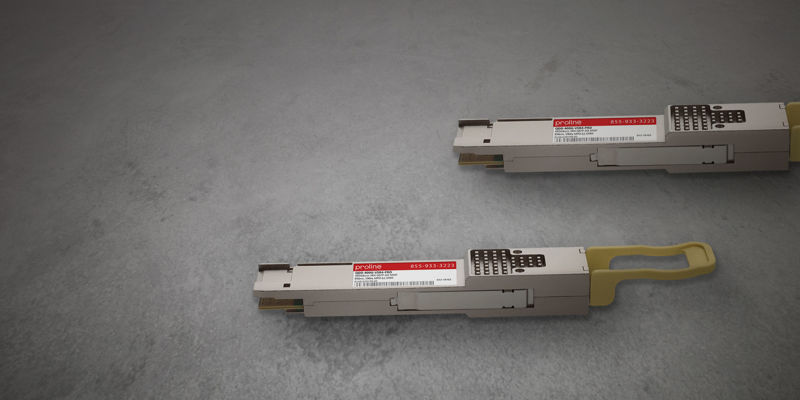Interoper - What?
Interoperability is the seamless sharing of data, content, and services among systems or applications. As districts’ ecosystems become increasingly digital, the need for interoperability between systems becomes increasingly apparent— for cost efficiencies as well as teaching and learning effectiveness. According to the Consortium for School Networking (CoSN) the state of Michigan conducted an extensive study and found the lack of interoperability in schools costs an astounding $163,000,000 per year.
The Problem
Schools' IT network operators are under pressure to build robust connectivity to support the goal of interoperability. Through the years they have purchased additional equipment including switches and optics to scale. Sometimes past purchase decisions don't support today and tomorrow's needs. Ripping and replacing existing systems can be costly, and operators tend to avoid shouldering that responsibility at all costs.
The Alternative
Interoperability also exists all too well in the world of networking infrastructure. When a school network operator purchases a switch from OEM manufacturers such as Cisco or Juniper, they may also purchase the same branded optical transceivers but at a substantially higher cost. These optical transceivers, widely used in networking hardware installations, directly impact the bandwidth, speed, and transmission of data. An upgrade to these optics can easily avoid costly replacements while enhancing interoperability tenfold.
For the same product, a compatible optic brand such as Proline can offer up to 70% in cost savings with guaranteed interoperability in different switch manufacturers. This means at a fraction of the cost, compatible optics can work just as well as a Cisco or Juniper branded optic in a Cisco or Juniper system.
K–12 leaders have options to maximize their existing network infrastructure. The switches or routers in use tend to remain so for years until a new feature is needed. These are time and cost-intensive to replace. The transceivers, however, are easy to swap out without replacing major systems and lend to immediate benefits in speed and bandwidth. Many of these are even hot-swappable, meaning they can be replaced while the system is on, avoiding service outages.
Why Ed Tech leaders choose Proline optical transceivers
- Easy to deploy - Proline's optical solutions are hot-swappable, which means they can work without any additional configurations. They function identical to the OEM with no extra steps to hot-swap or plug. Simply plug and play.
- Keep existing infrastructure - Proline transceivers leverage data density-improving tech like tunable optics and multiplexing (CWDM/DWDM) to increase performance without costly new fiber links. We maximize the data value of each fiber you already have.
- Immediate benefits - Deploying Proline transceiver solution provides immediate relief to bandwidth bottlenecks or speed traps, enhancing the student experience while simultaneously improving the technical capabilities of your educators.
- Cost-effective - With hardware costs at a fraction of the OEM alternative and hands-on expert support available without paid service contracts, choosing Proline helps bridge the gaps in your school’s IT and service budgets.
Proline's high-performance optics have empowered schools across the nation.
Be an Ed Tech leader and solve interoperability challenges today!
Your fiber optic solution is here
Explore the benefits of working with us. Get started today!





